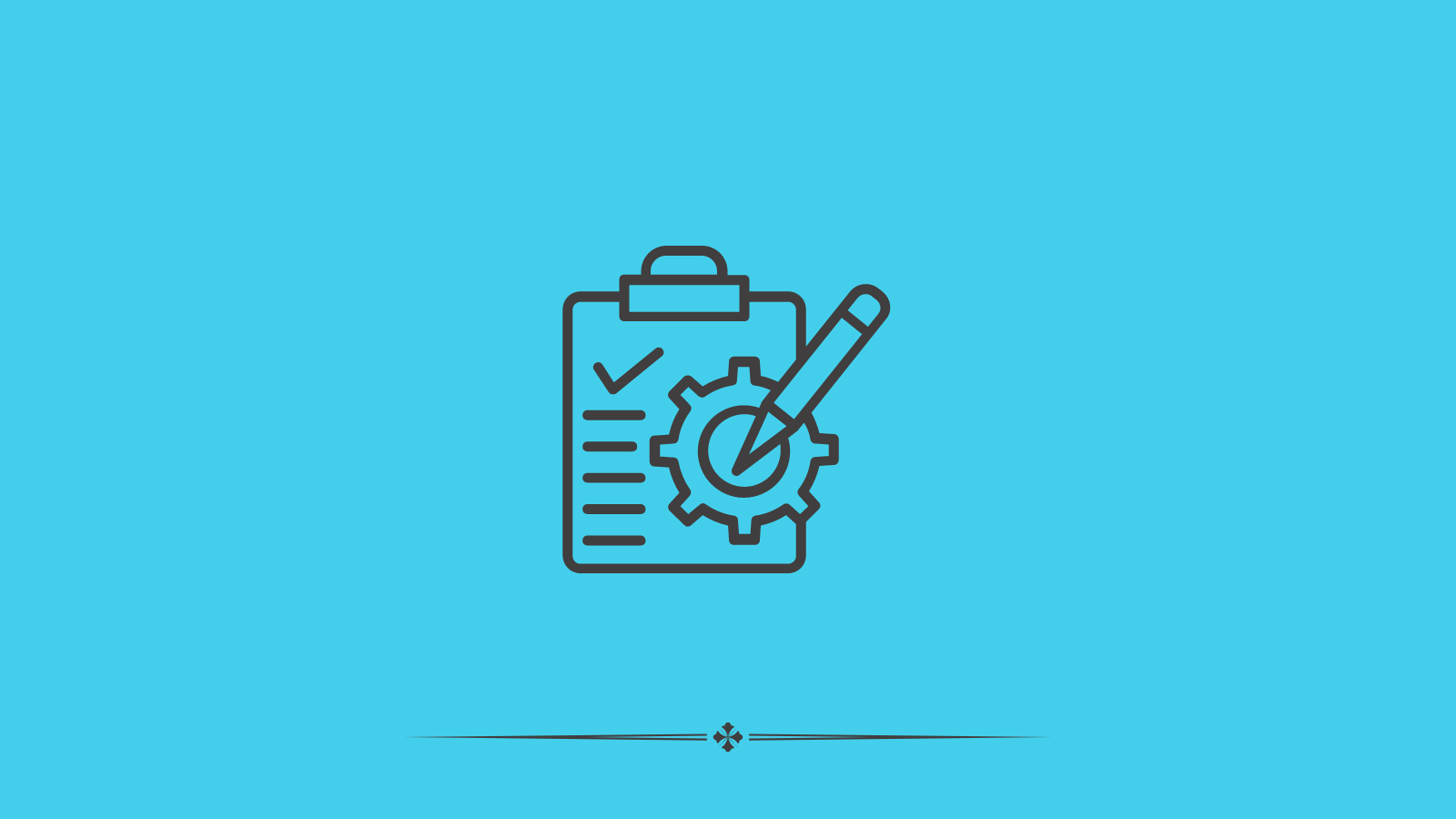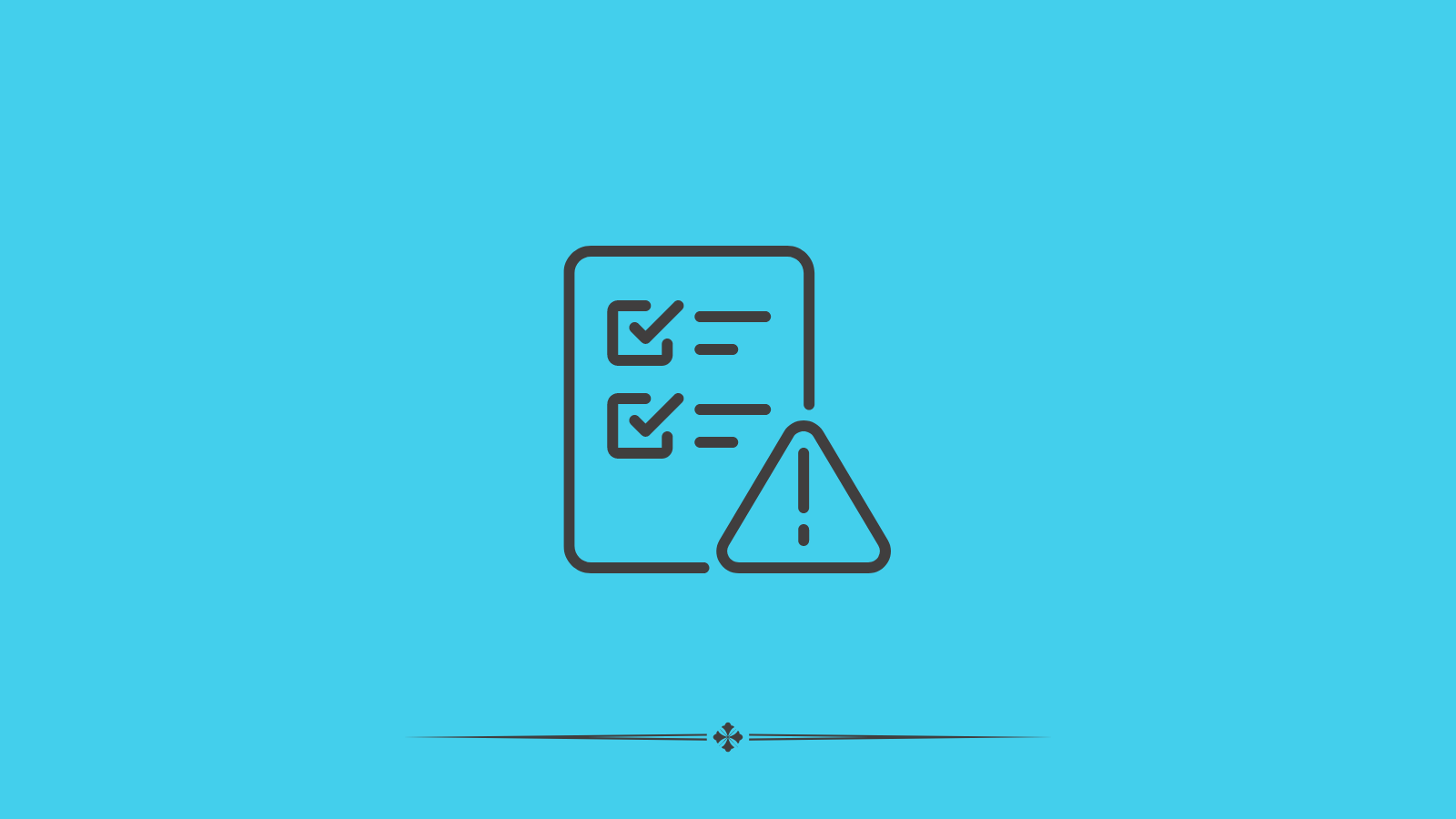The Building Blocks of Compliance: Key Components of the COSO Framework
The framework designed by the COSO acknowledged the model for creating, implementing, and evaluating internal control and risk management systems. The framework aims to improve organizational performance and governance through adequate internal controls. Understanding these key components is crucial for organizations seeking to enhance compliance and risk management practices. This article explores the important elements of the COSO framework.
Understanding the COSO framework components is vital for building robust internal control systems. This article examines how these elements contribute to a robust control environment. The framework helps organizations improve their risk management and compliance efforts. Organizations can achieve better governance and operational efficiency by focusing on these components.
Chapters
Control Environment

The control environment sets the medium for the organization and forms the foundation for all other elements of internal control. It includes the governance and management functions that establish the organization’s culture, ethical values, and integrity. The control environment is essential in influencing the control consciousness of employees and providing discipline and structure.
1. Ethical Values and Integrity
Establishing a solid ethical foundation is paramount. Organizations must promote integrity and moral values through codes of conduct, policies, and behavior standards. These elements guide employees in making appropriate decisions and acting in the organization’s best interests.
2. Board of Directors and Audit Committee
The board of directors and audit committee play vital roles in overseeing the control environment. They are responsible for setting the base at the top and ensuring management is committed to integrity and ethical values. Their oversight also ensures that internal controls are effectively designed and implemented.
3. Organizational Structure
A clear and well-defined organizational structure is critical for establishing authority and responsibility. The structure should delineate reporting lines, decision-making processes, and accountability mechanisms. This clarity helps in ensuring that internal controls are appropriately implemented and maintained.
Risk Assessment

Risk assessment involves finding and analyzing risks that prevent an organization from achieving its objectives. This component is crucial for understanding the internal and external factors impacting the organization and developing strategies to mitigate these risks.
1. Identifying Risks
Organizations must systematically identify risks at all levels. This process involves understanding the business environment, regulatory landscape, and operational challenges. Tools such as risk registers and maps can help categorize potential risks.
2. Analyzing Risks
Once identified, they must be analyzed to understand their potential impact and likelihood. This analysis helps prioritize them based on their significance. Qualitative and quantitative assessments provide valuable insights into the risk landscape.
3. Risk Response
Developing appropriate risk responses is essential for mitigating identified dangers. Strategies may include risk avoidance, reduction, sharing, or acceptance. Effective risk responses align with the organization’s risk appetite and strategic objectives, ensuring resources are allocated to address the most critical threats.
Control Activities
Control activities are actions to mitigate risks and ensure management instructions are carried out. They are embedded in the organization’s processes and systems and designed to prevent or detect errors, fraud, and non-compliance.
1. Policies and Procedures
Establishing robust policies and procedures is fundamental to control activities. These documents provide detailed guidelines on performing tasks, ensuring consistency and compliance. Policies and procedures should be regularly accessed and updated to bounce back changes in the business environment and regulatory requirements.
2. Segregation of Duties
Segregation of duties is a crucial control activity that divides responsibilities among different individuals to reduce the risk of error or fraud. Organizations can prevent unauthorized actions and enhance accountability by ensuring that no single individual has control over all aspects of a transaction.
3. Physical and Logical Controls
Implementing physical and logical controls helps protect assets and information. Physical controls include security measures such as locks, access cards, and surveillance systems. Logical controls involve cybersecurity measures such as firewalls, encryption, and access controls. These controls are critical for safeguarding the organization’s resources and data.
Information and Communication
Practical information and communication are vital for the functioning of internal controls. This component involves the timely and accurate dissemination of information within the organization and with external stakeholders. Clear communication ensures that all parties understand their roles and duties in the internal control system.
1. Internal Communication
Internal communication should be structured to ensure that relevant information flows across all levels of the organization. This includes communicating policies, procedures, risk assessments, and control activities to employees. Regular meetings, intranet systems, and internal newsletters are effective channels for internal communication.
2. External Communication
External communication involves sharing information with regulators, investors, customers, and suppliers. Transparent communication about the organization’s risk management and compliance efforts builds trust and credibility. It also ensures that external parties are aware of the organization’s internal control measures and implications.
3. Information Systems
Robust information systems are essential for capturing, processing, and reporting data. These systems support decision-making by providing accurate and timely information. Organizations should invest in information technology that enhances data integrity, availability, and confidentiality.
Monitoring Activities
Monitoring activities involve the continuous evaluation of the effectiveness of internal controls. This component ensures that controls function as intended and that any deficiencies are identified and addressed promptly. Ongoing monitoring and separate evaluations are critical aspects of this component.
1. Ongoing Monitoring
Ongoing monitoring is conducted in ordinary operations and involves regular management and supervisory activities. It includes routine checks, reconciliations, and reviews that ensure controls are consistently applied and practical over time.
2. Separate Evaluations
Separate evaluations, such as internal audits, provide an independent internal control system assessment. These evaluations are typically conducted periodically and focus on specific areas of risk. Internal auditors assess controls’ design and operational effectiveness and recommend improvements where necessary.
3. Addressing Deficiencies
Identifying and addressing control deficiencies is critical for maintaining an effective internal control system. Organizations should establish a process for reporting, evaluating, and remediating deficiencies. This process ensures that corrective actions are taken promptly to address any weaknesses in the control environment.
The COSO framework gives a comprehensive structure for designing, implementing, and assessing internal control systems. Organizations can build robust internal controls that enhance compliance and mitigate risks by focusing on its key components—control environment, risk assessment, control activities, information and communication, and monitoring activities. Understanding and effectively implementing these COSO framework components are essential for achieving organizational objectives and maintaining a high standard of governance. As organizations navigate the complexities of the modern business environment, the COSO framework remains vital for ensuring integrity, accountability, and operational excellence.
Other Interesting Articles
Create more and better content
Check out the following resources and Grow!